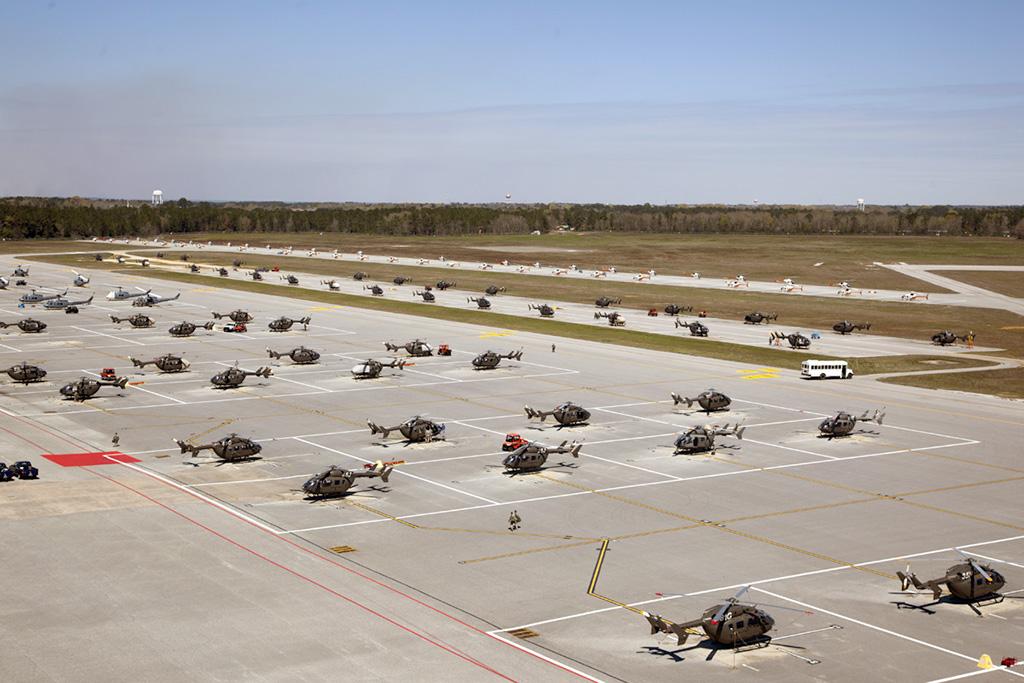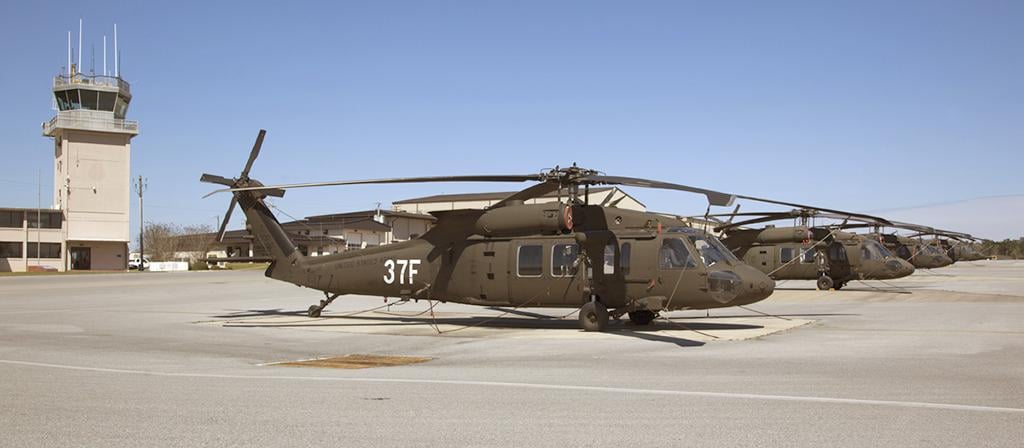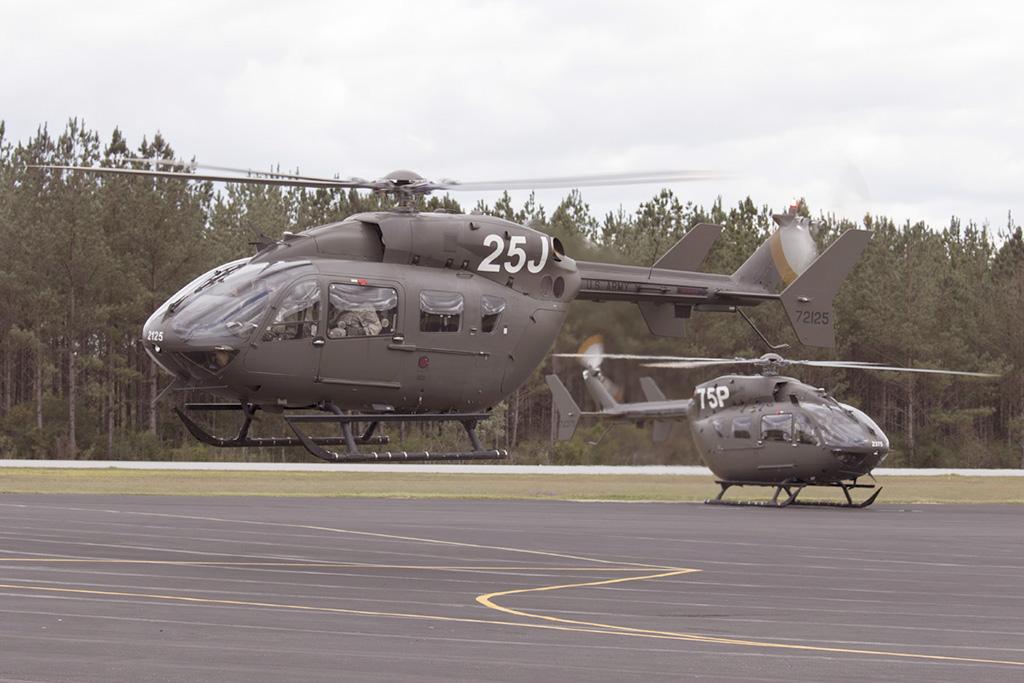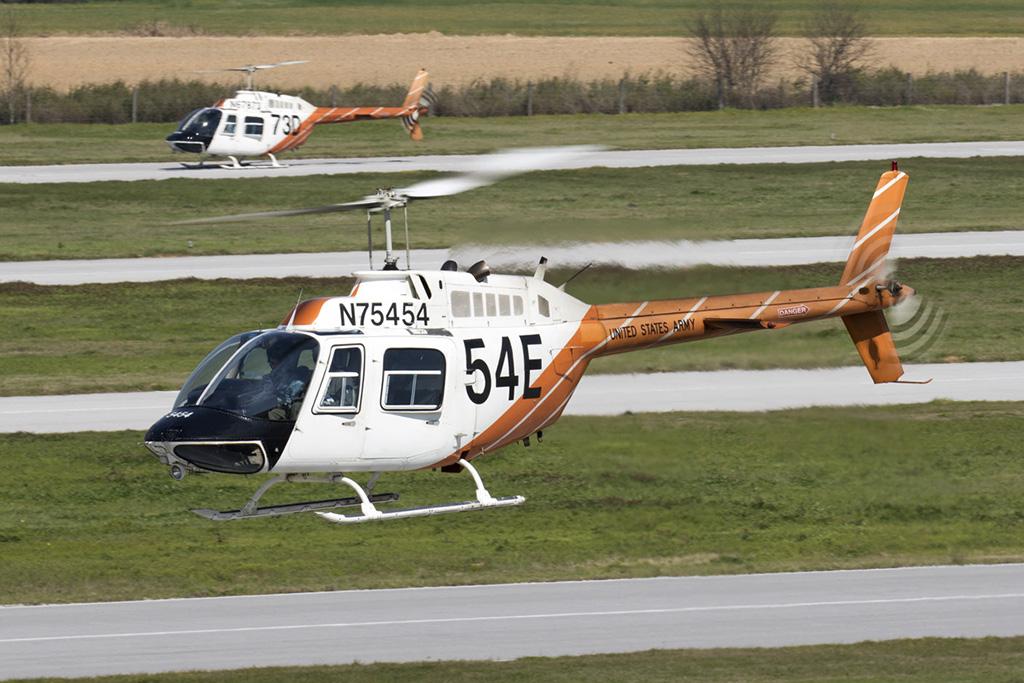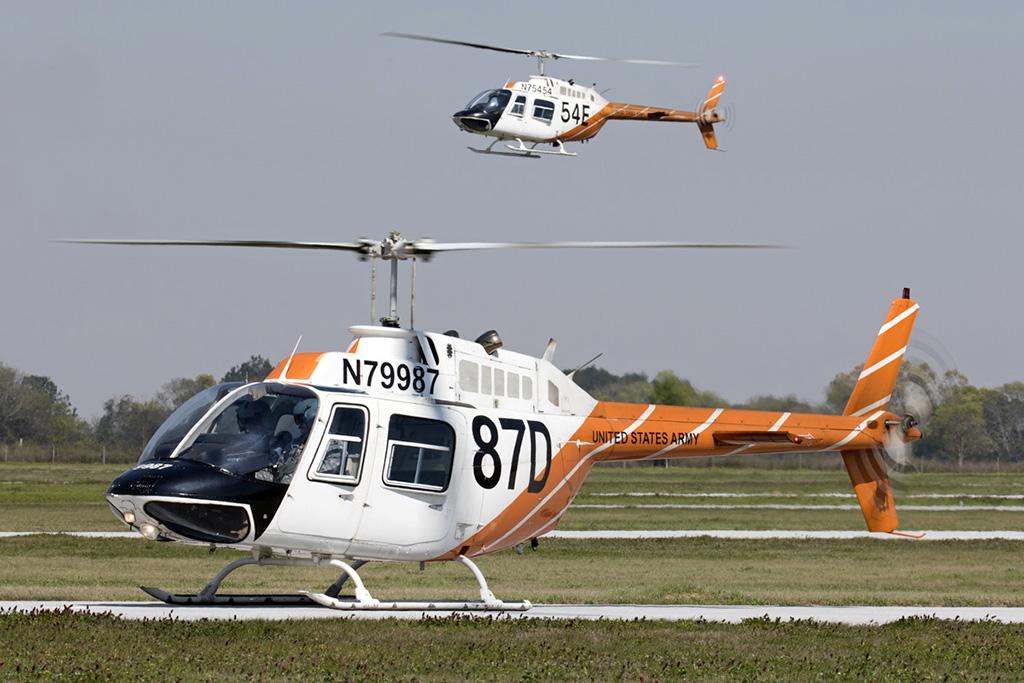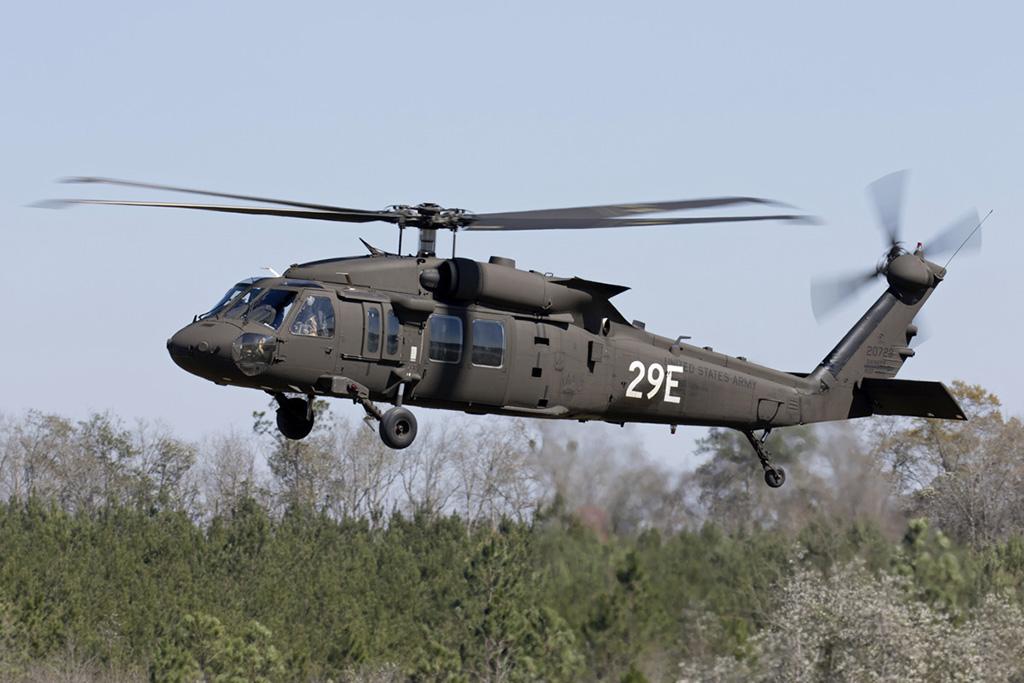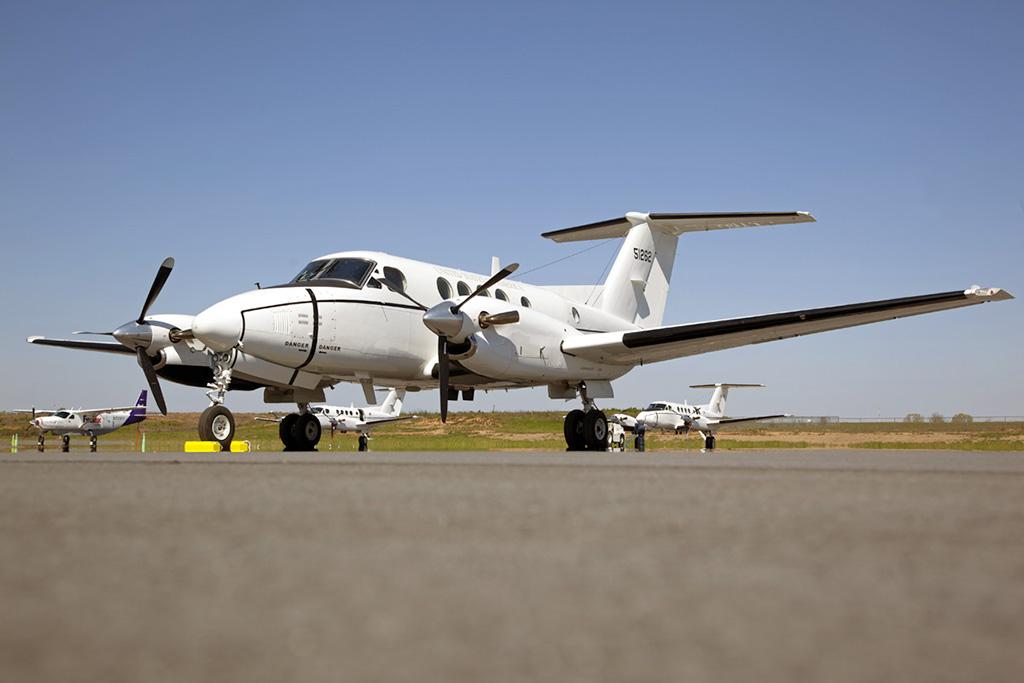As you can see from our recent coverage of U.S. Army Aviation, Aviation Week has been visiting Fort Rucker, Alabama, to find out more about how the Army and industry are training the next generation of the service’s aviators. As well as being given insight into the new Airbus Helicopters UH-72 Lakota training regime, we received access to see new students flying in the Bell TH-67 Creek and dozens of Sikorsky UH-60L/Ms lined up at Lowe Army Airfield to support Black Hawk training.
- Market Sector
- Markets
- Marketplace
- Services
-
Store
-
Market Sector
- Type View All Products
-
- Events
- About
